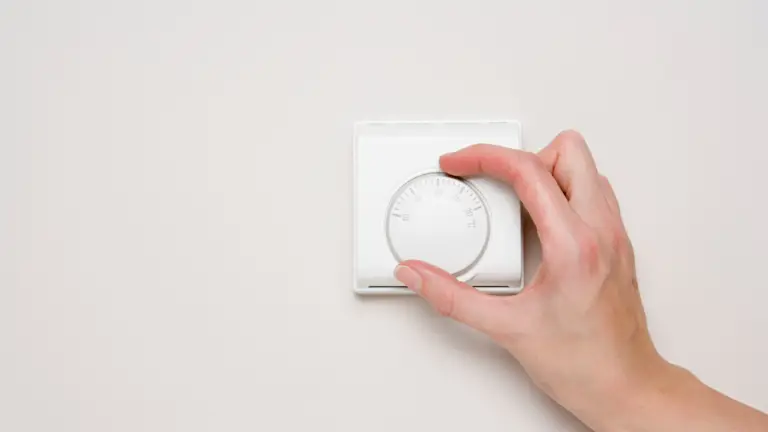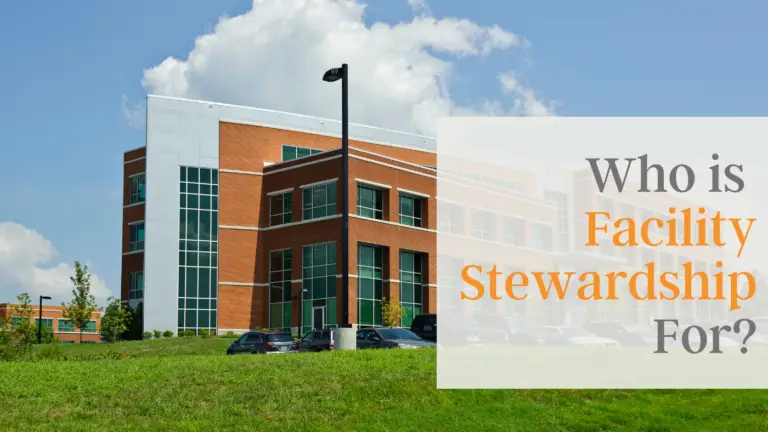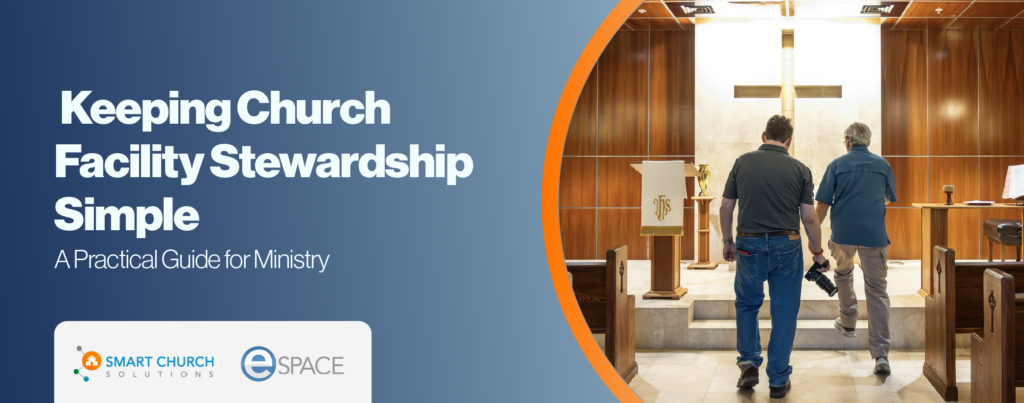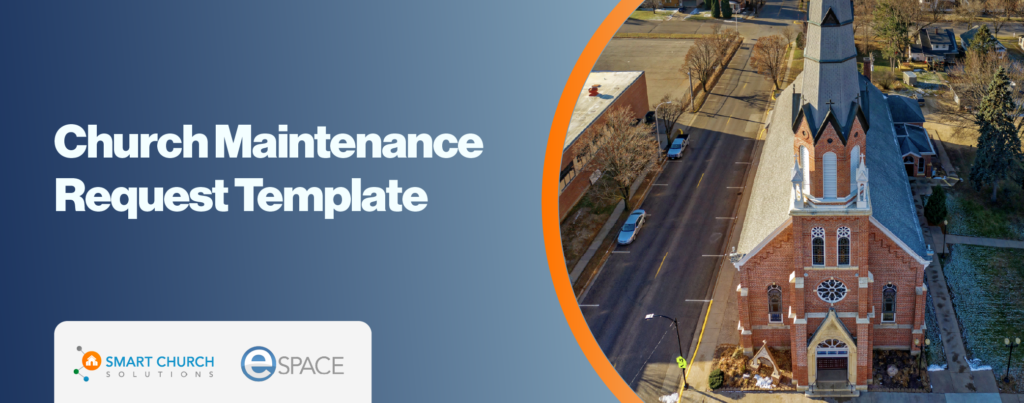Maybe it was just me, but I seemed to hear that quite a bit growing up. Somehow, no matter how many times I cleaned my room, I needed to do it again in a week or so. In our facilities, cleanliness is a big deal. When a guest arrives, or even a long-time member, a dirty facility gives an impression…a negative one. It makes people wonder, “If they don’t care about how clean the church facility is, then why would they care about me?”
I think we can all agree that we need to clean. What isn’t always intuitive is what it will take to accomplish that. Fortunately, you have been given a resource to help you with that. In the CFMS Toolbox you have a Cleaning Calculator. This spreadsheet is there to help you determine what you need to clean your facility, as well as helping you to identify if you are understaffed.
Let’s dig into this resource a bit. To start, I want to look at the Staffing Calculator part of the tool. This is where you input your current staffing availability for each week. Many times, we assume that our staff has more available hours to clean than they do. Consider this, every time you ask your facility team to help move a package, show someone the way, open a door, reset a room…these all take away from cleaning time. You must be realistic as to how many hours an individual can clean. Many times, we find that facility departments are understaffed because they require too much non-cleaning task time from their team. You may find hiring a general maintenance and support team member is more cost effective and helps you have a cleaner facility. If you are unsure of how much is spent on “other duties”, start with 30% (.3). That equates to around 20 minutes of every hour doing non-cleaning tasks during an eight-hour shift. When you start plugging in your staffing level, you may find that your 40 hour a week custodian realistically has 28 or so hours to clean.
Once you have taken care of the staffing, move on over to the Room Calculations. This is where I hope you have another resource handy, specifically a document that provides critical facility details regarding all your space. If not, stay tuned as we are developing a resource for that. The Cleaning Calculator is set up to look at certain types of rooms. If you are looking facility-wide at restrooms, for example, you would need to input the total number of each fixture type in that section. When you do, it will tell you how long it would take to clean all the restrooms in your facility once. If you have all the needed data on a spreadsheet, it is easy to take sections of the facility and calculate cleaning time for each area. It is important to provide all the requested information on each room type if you want the most realistic number.
Once you have those two tabs correctly filled out, you can see what it will take and how close you are with sufficient staffing to maintain a clean facility. With this resource you can create cleaning areas for your team, figure staffing models, and even look for ways to become more efficient with your staffing times. So, what does a real-world example look like?
Here you go:
Facility A has a 16,000 sq-ft facility. 5000 sq-ft sanctuary with carpet, fixed pews, 6 restrooms, 12 classrooms, 2 offices, and a kitchen. They currently employ 1 full-time (40 hours/week) facility person, and 1 part-time (25 hours/week) facility person. Each person on the facility team spends 75% of their time cleaning and 25% on other tasks.
Total cleaning hours available each week (combined): 48.75. Total cleaning time needed to clean the entire facility one time: 19.42 hours. This facility has a surplus of 29.33 cleaning hours…assuming they only use the facility once. But what happens if they clean the facility 3 times a week? That takes 58.26 to clean, meaning they are short available cleaning hours by 9.51. As you start to consider how often you really use your facility, and how clean you want it, this resource will help you set a realistic target for staffing so that you are able to have the cleanest facility possible. Let us know how it worked for you.
By Nathan Parr, Facility Specialist









